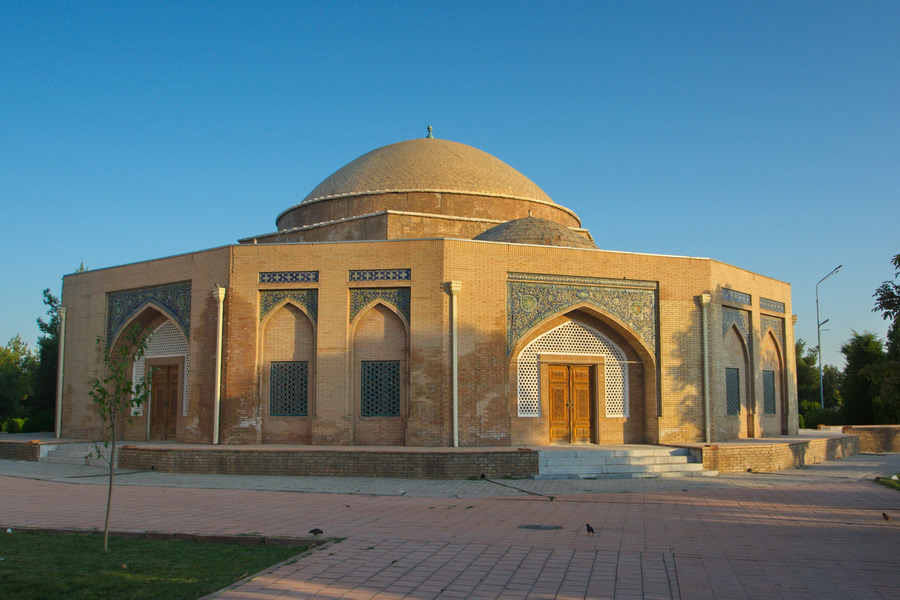Chorsu Art Gallery, Samarkand

The Chorsu Art Gallery in Samarkand is a key cultural hub housed in a historic XV century architectural monument. In earlier times, this building served as a trading dome where traditional headdresses were sold.
Situated behind the Sherdor Madrasah on Registan Square, the gallery is a short walk from Samarkand’s most iconic attraction. When exploring the area, be sure to visit this distinctive art space.
The gallery takes pride in its collection of contemporary art, showcasing works by artists from Samarkand as well as other regions of Uzbekistan. The exhibition includes paintings, graphic art, sculpture, and decorative pieces that highlight the country’s rich artistic heritage.
Many of the paintings express a deep respect for Uzbek culture and tradition, featuring portraits of local people, vivid landscapes, and vibrant still lifes. Alongside fine art, visitors will find painted ceramics, sculptures, embroidered textiles, and other traditional crafts.
Beyond its exhibitions, the Chorsu Art Gallery plays an active role in fostering artistic development in the region. It regularly hosts exhibitions, masterclasses, and creative gatherings. Local artists are given a platform for self-expression, while visitors can experience the evolving trends in Uzbek contemporary culture.
Set amidst the old quarters of the city, the gallery forms a compelling link between historical legacy and modern creativity. Today, the Chorsu Art Gallery in Samarkand stands as a unique venue where centuries-old traditions meet the dynamic pulse of contemporary art.

